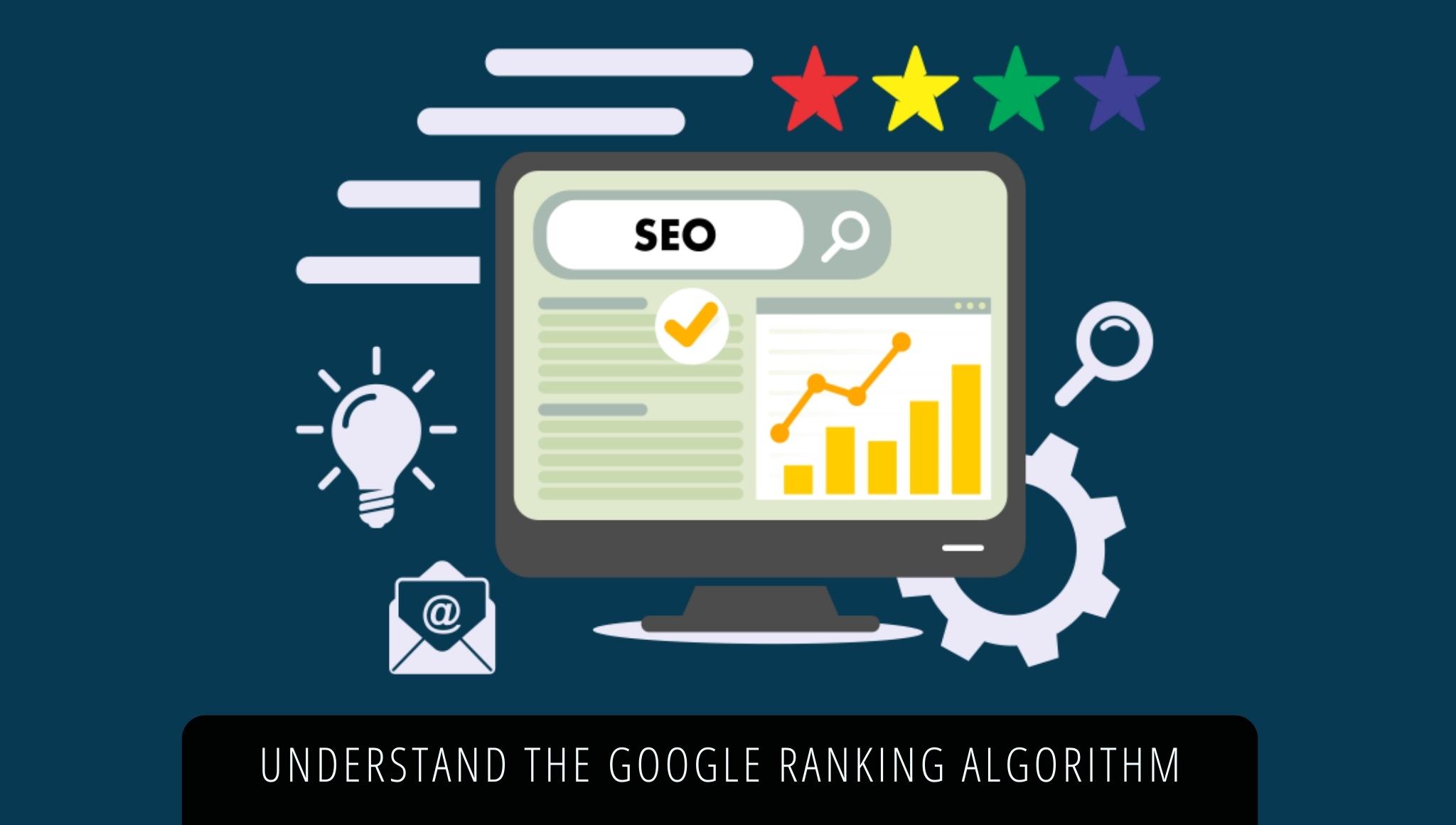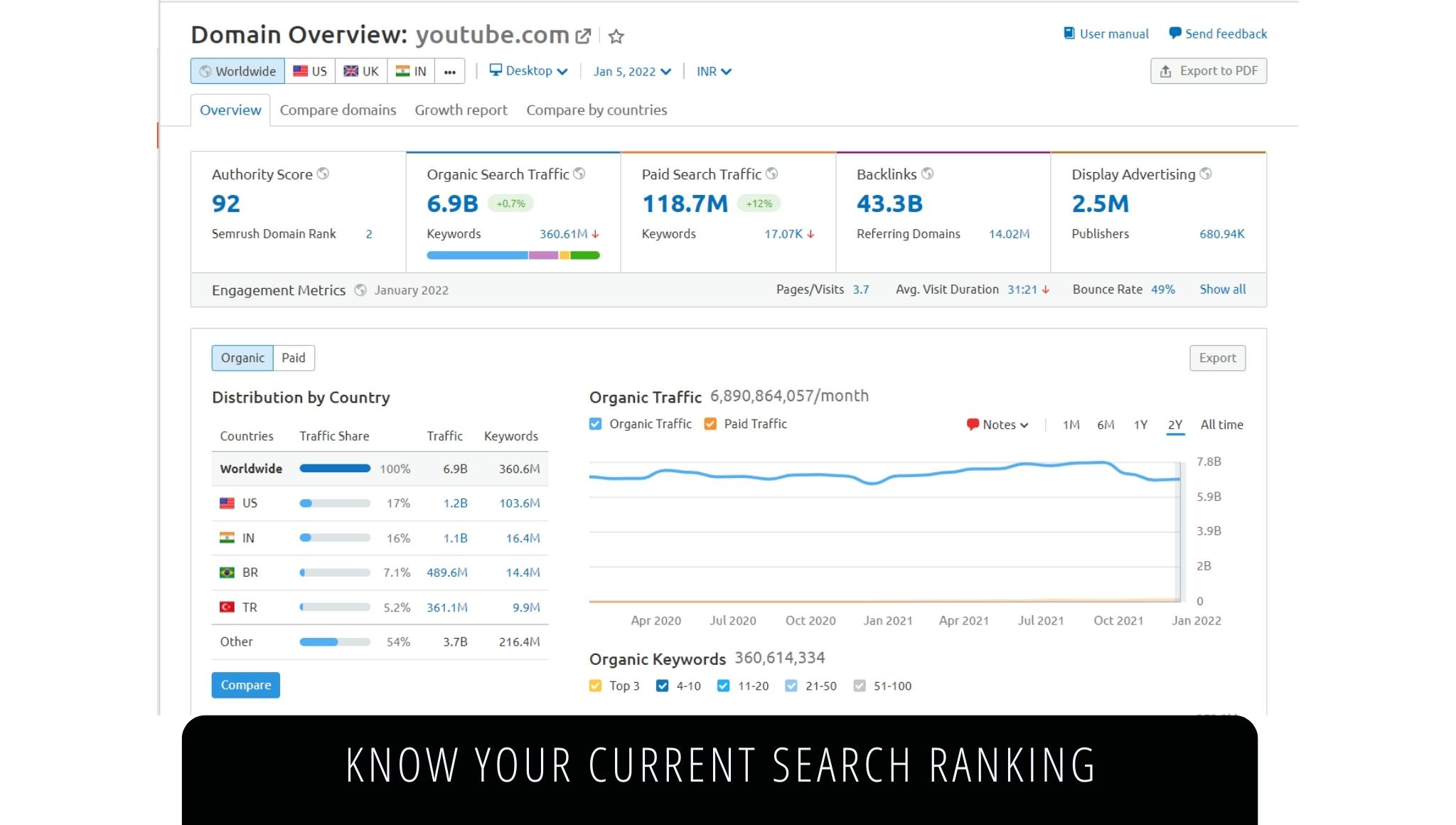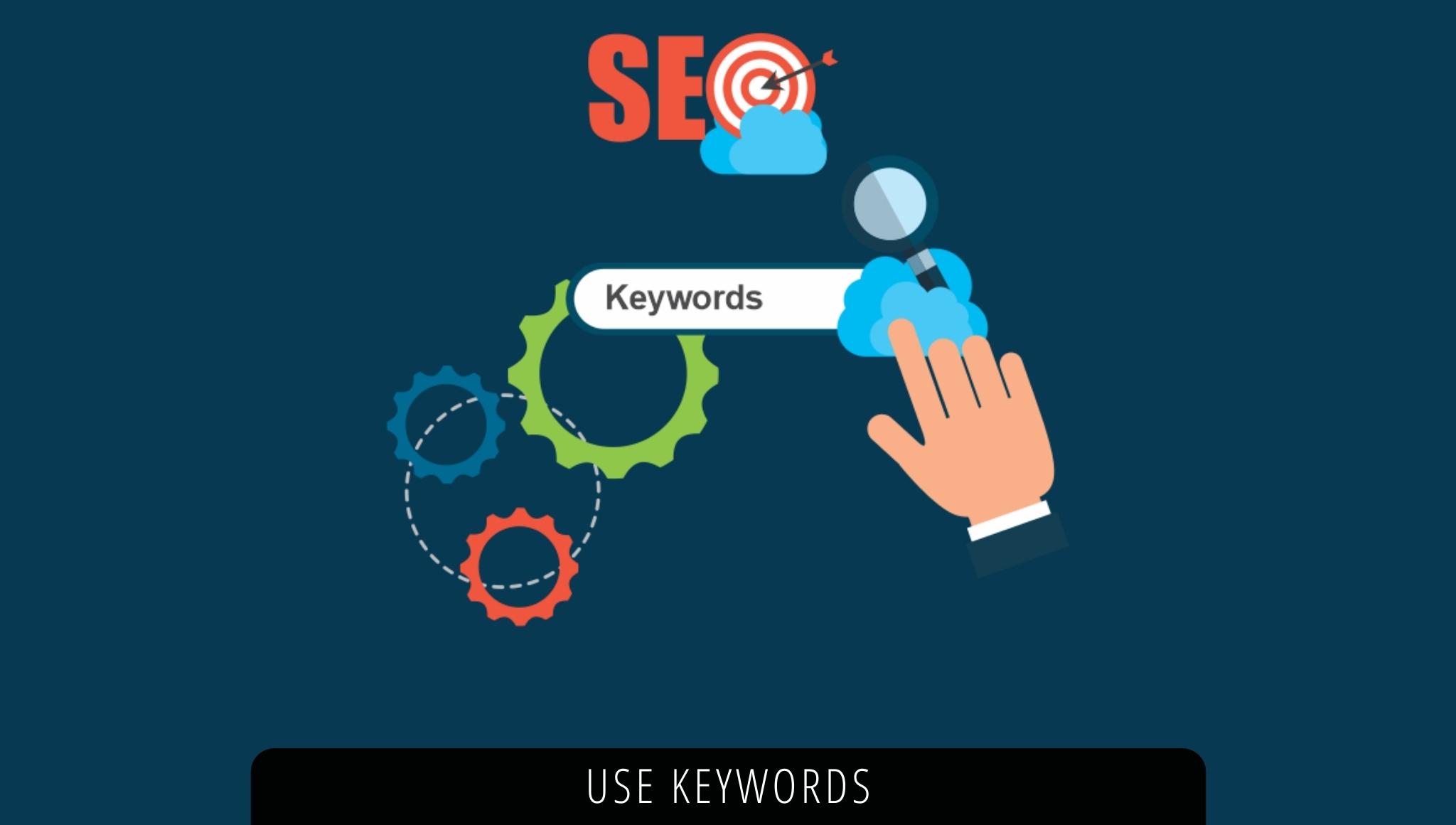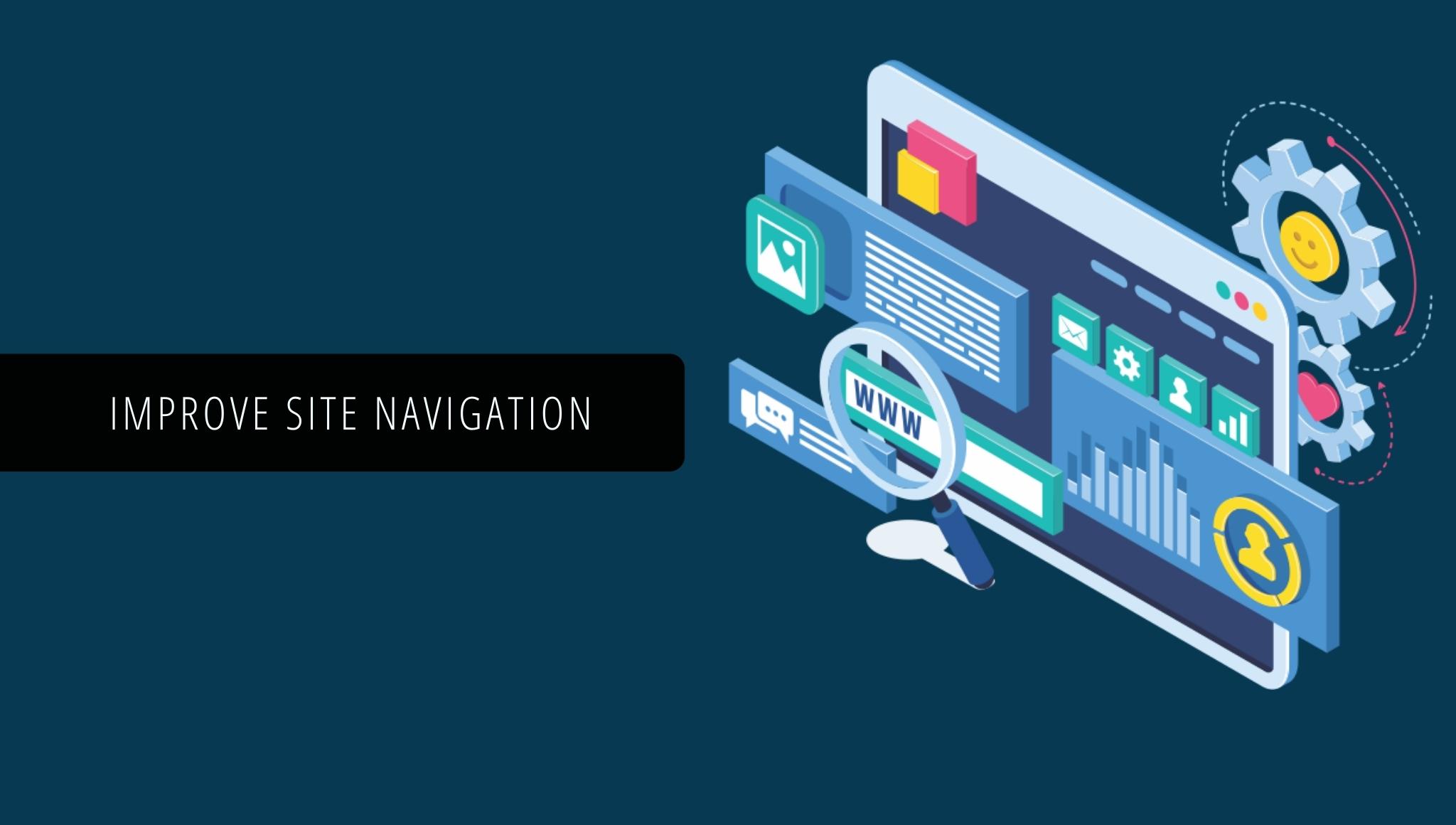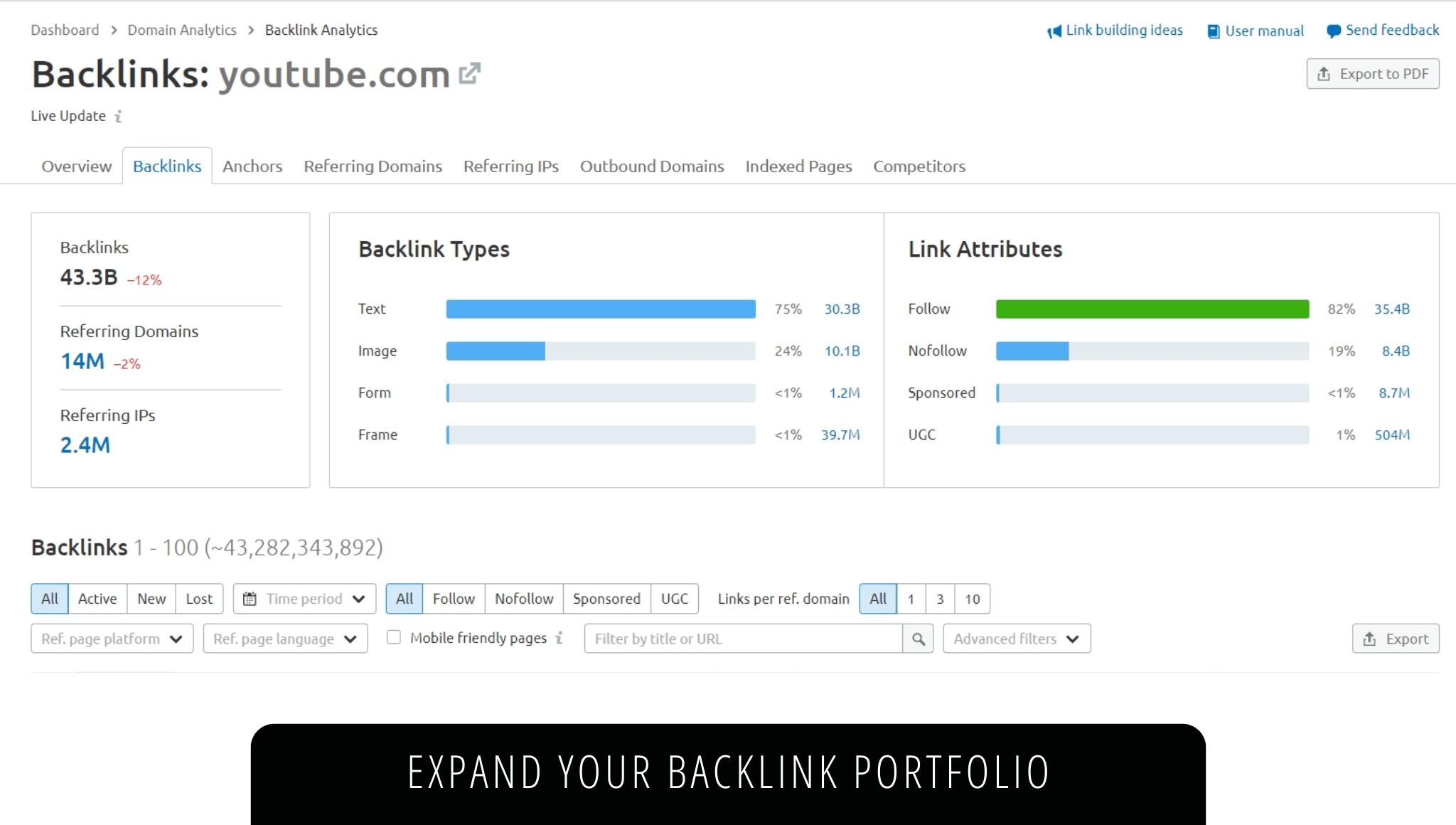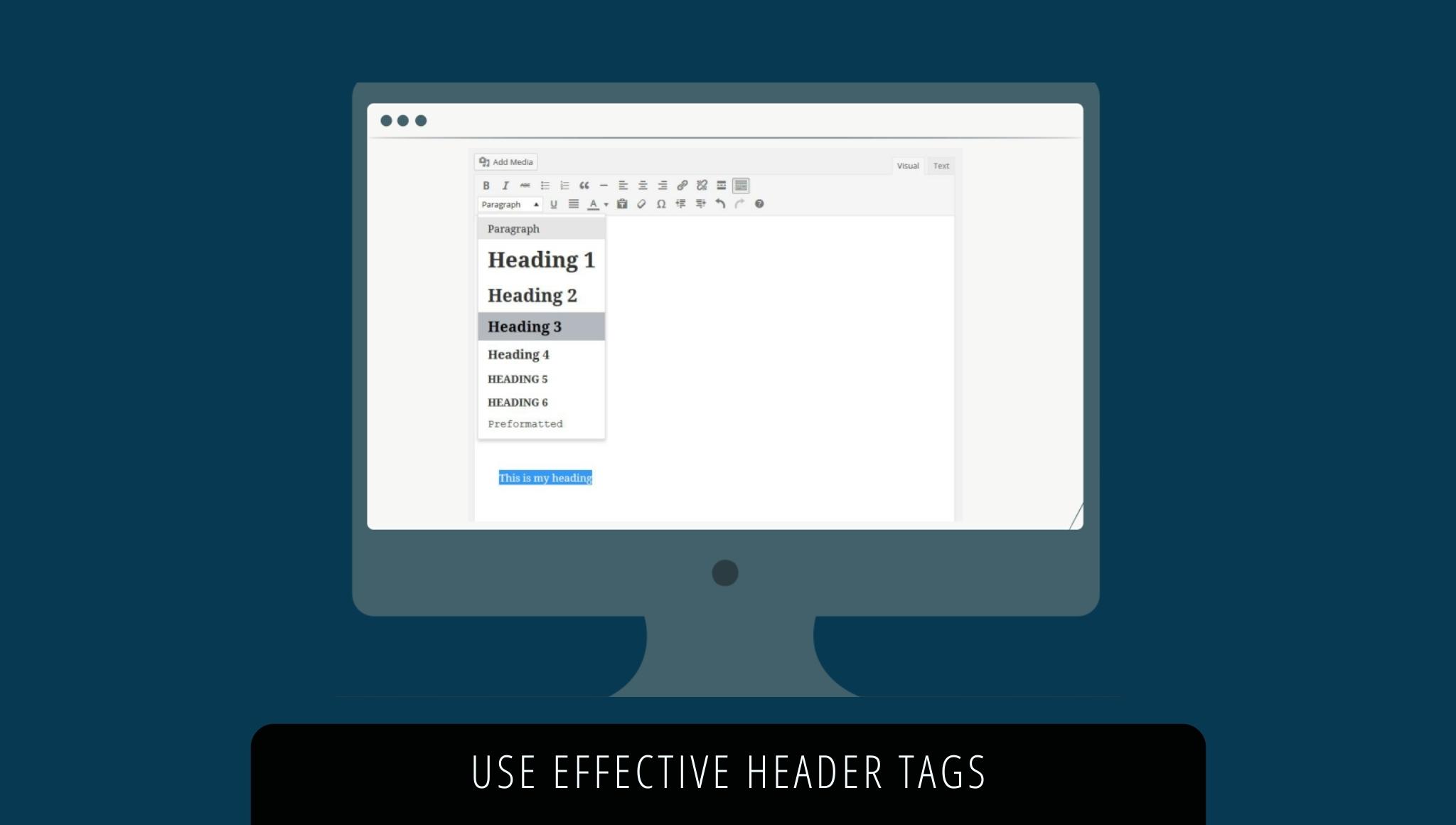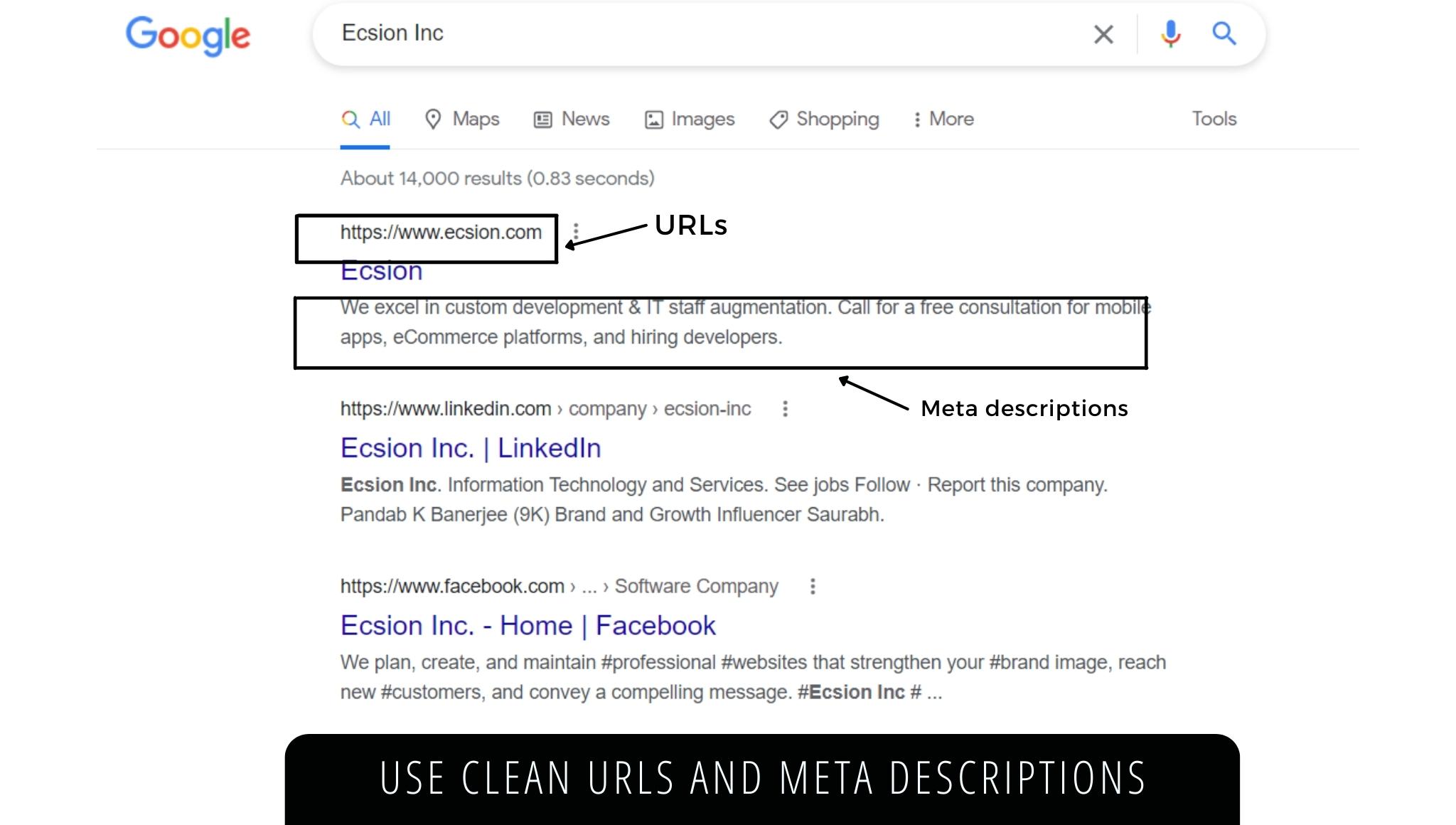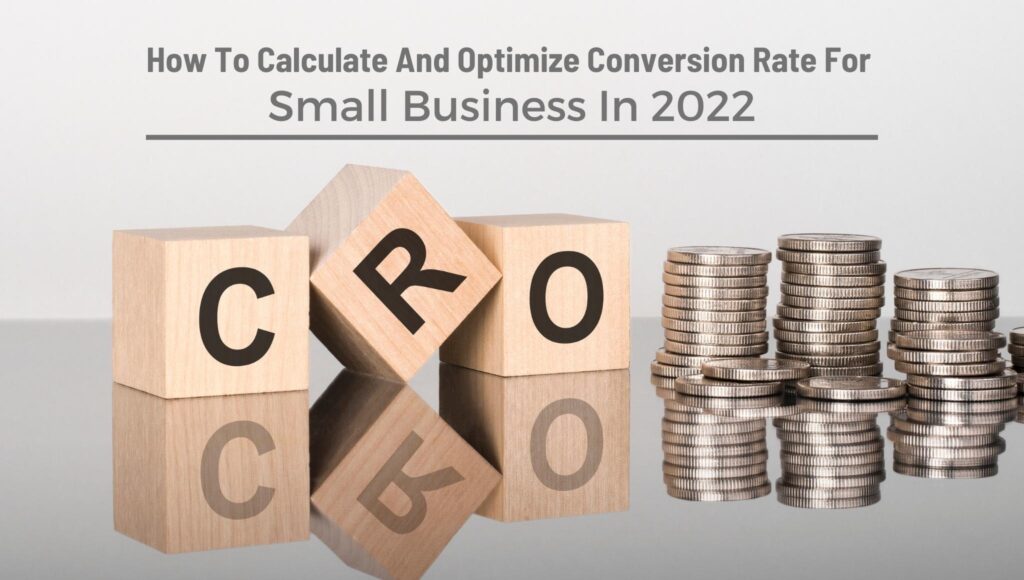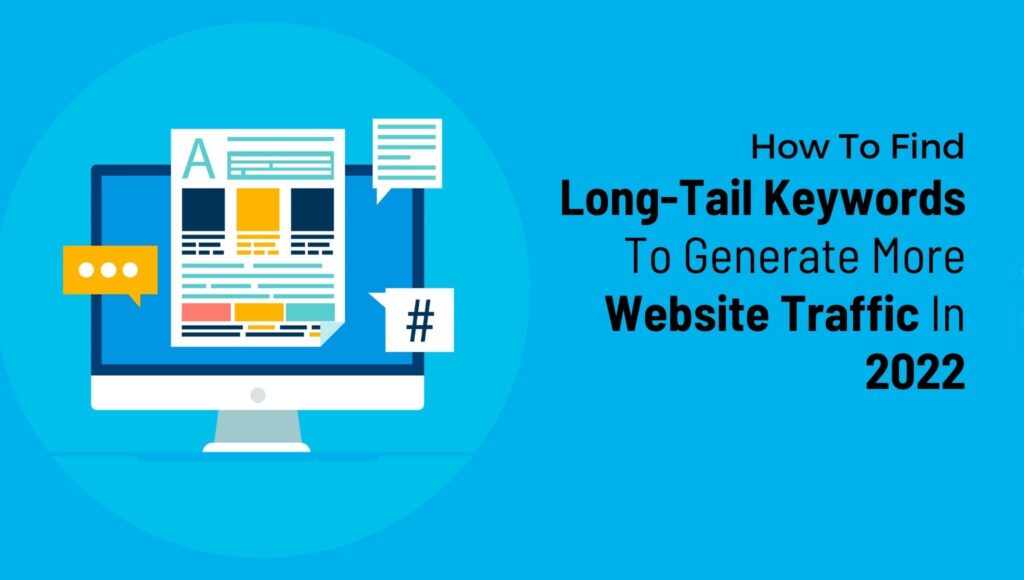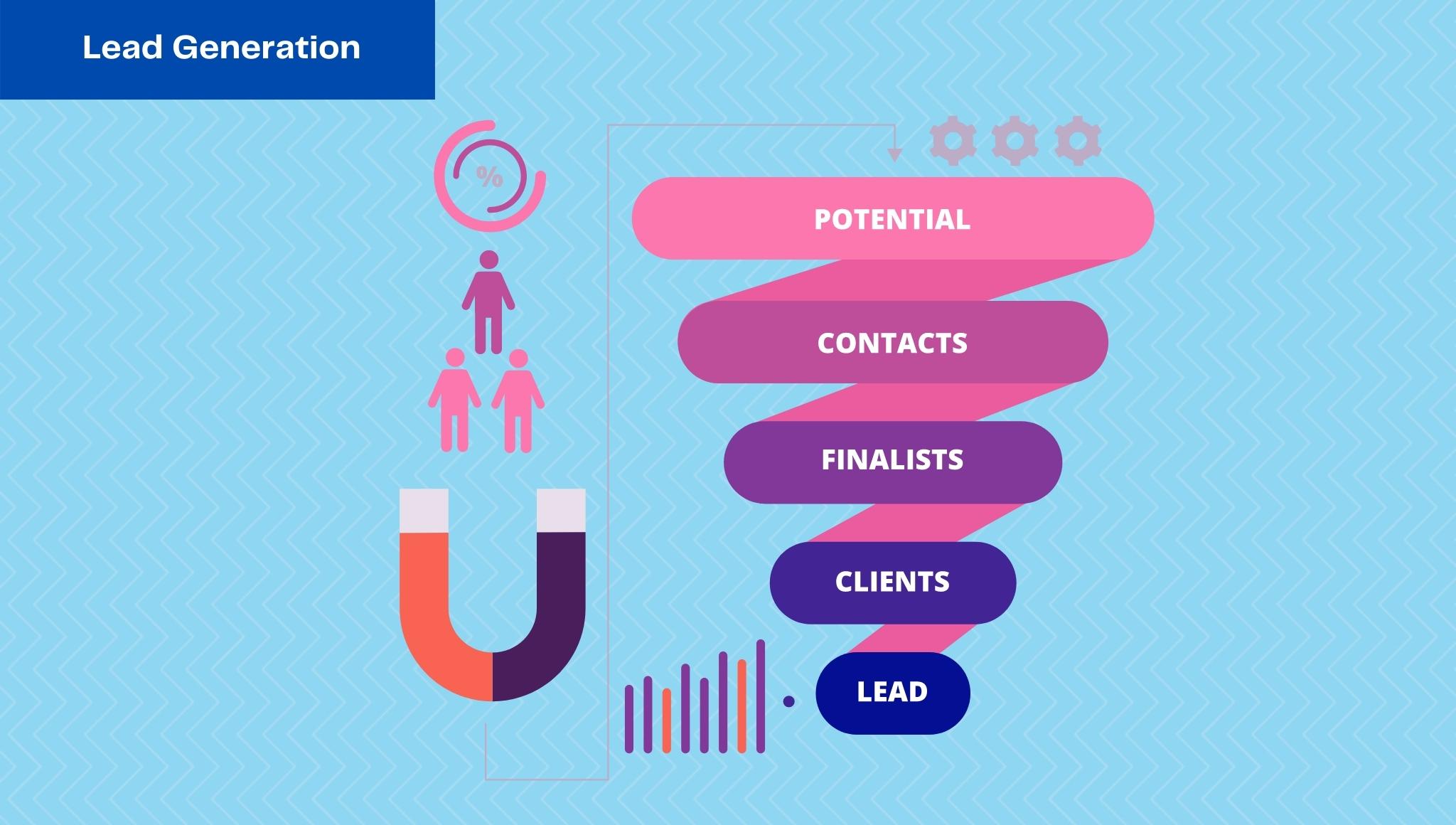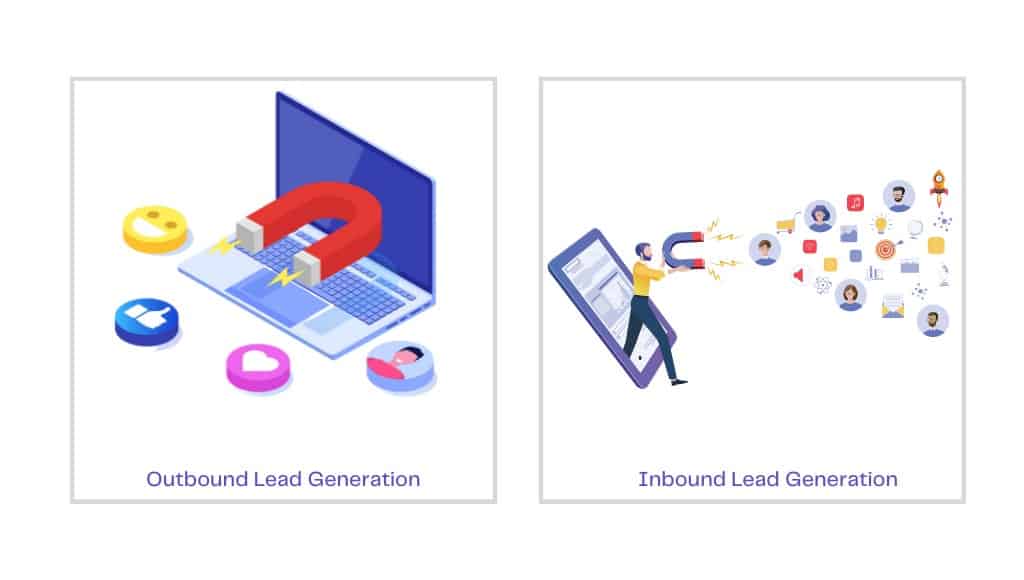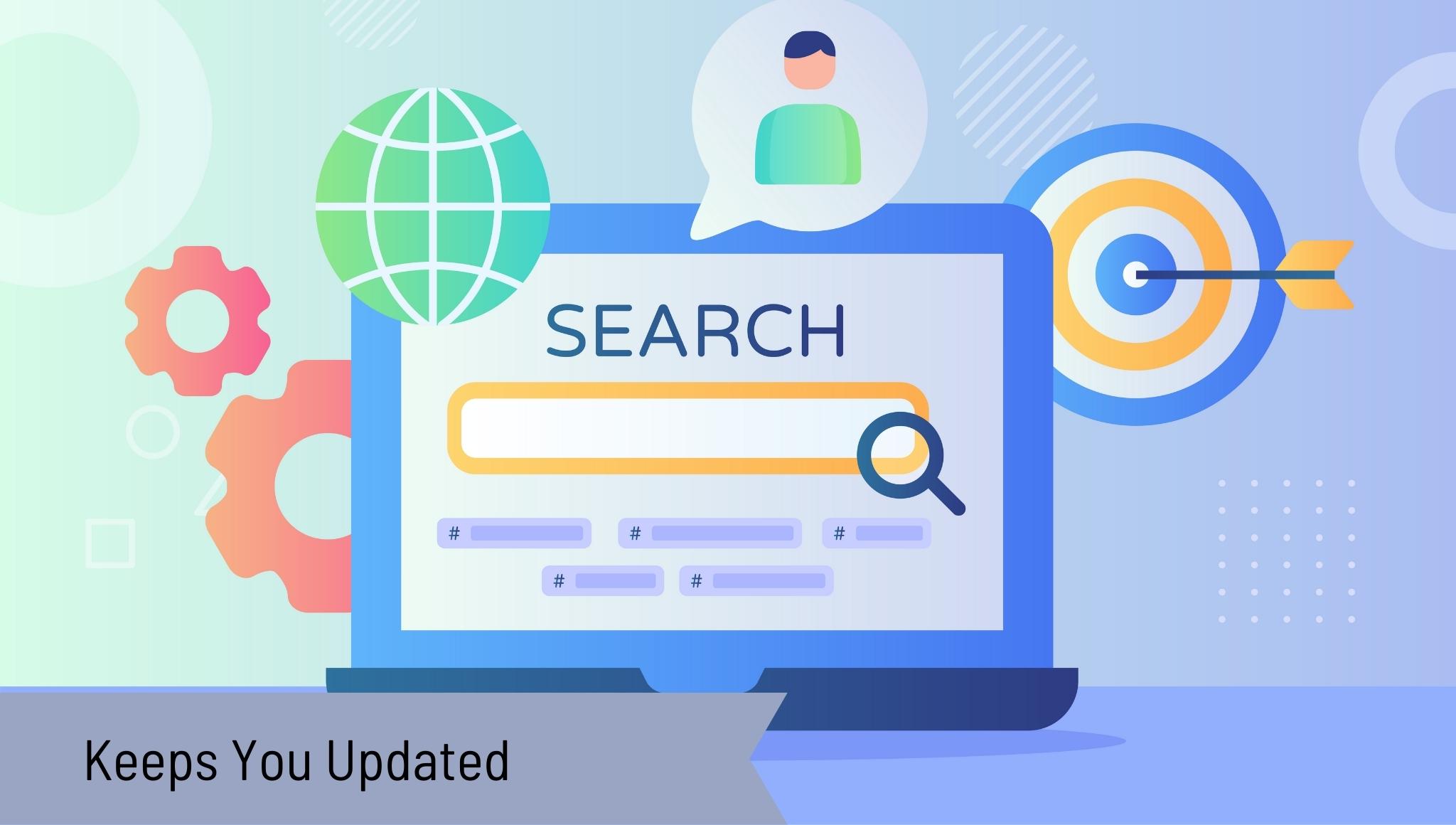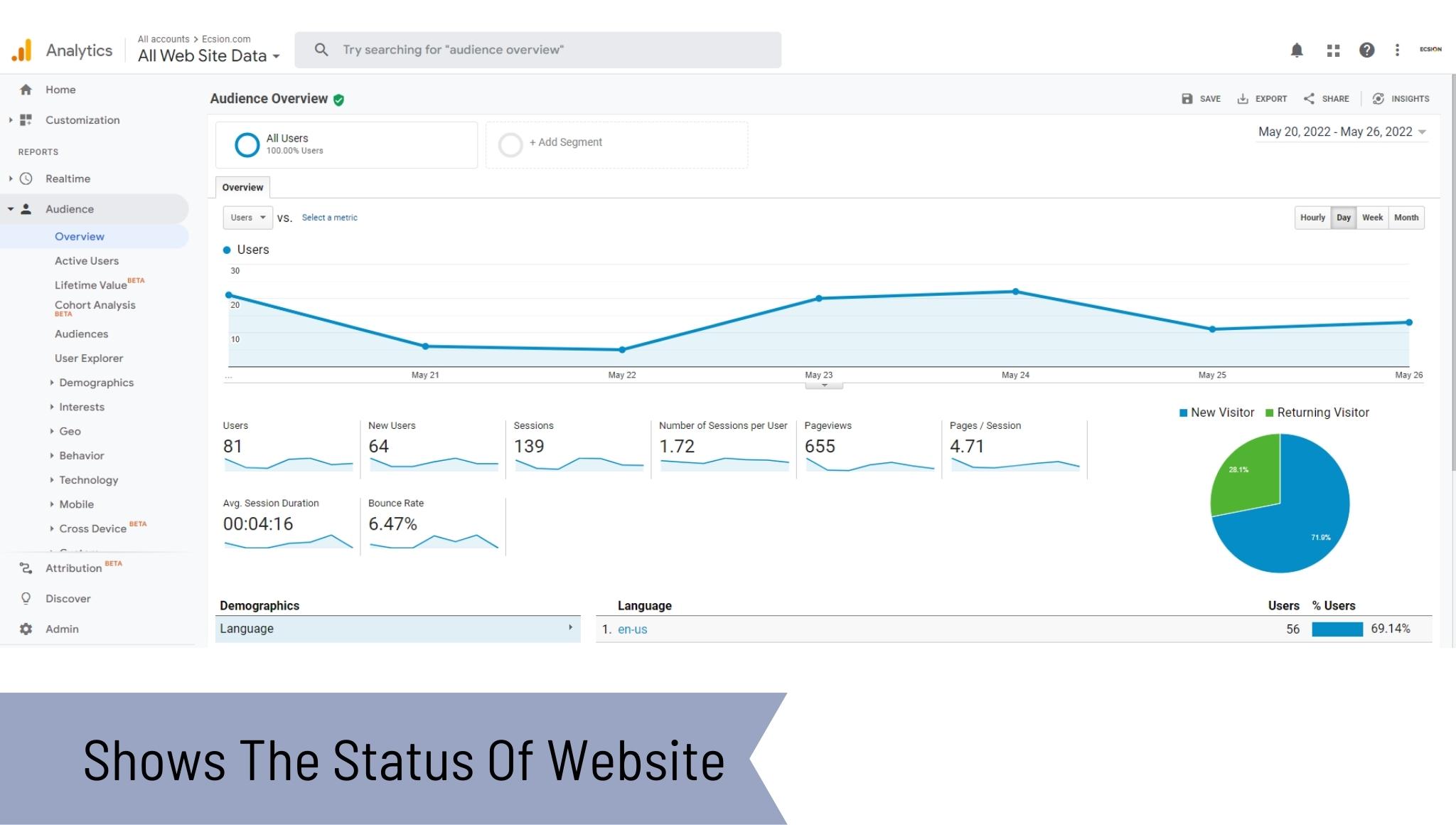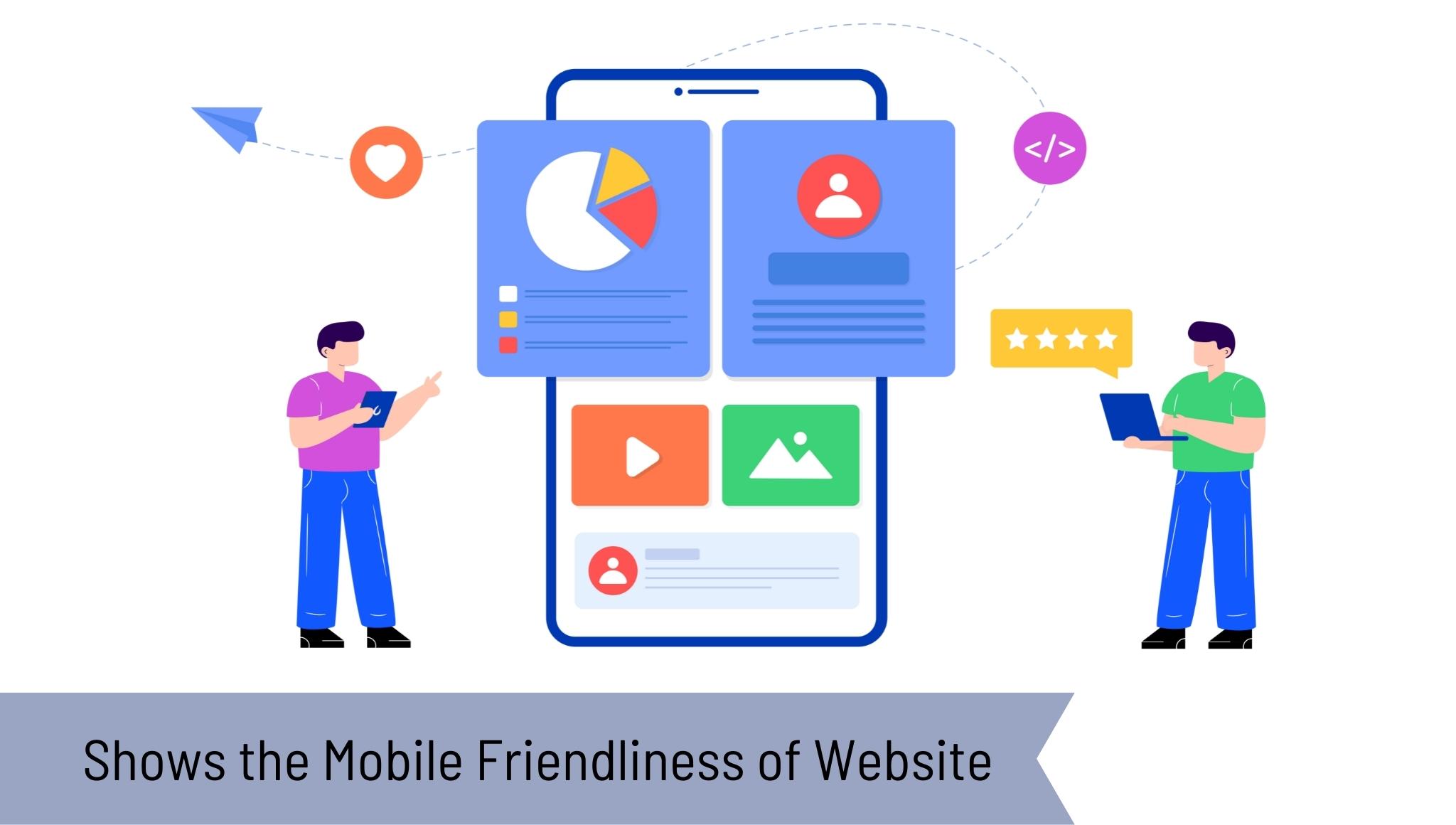How to Start Your Local Business?
If you are looking to start your own business, this article is for you. We will discuss here how to start your local business. Starting your own business is one of the most exciting ventures and it gives you the independence of becoming your own boss. But it may go wrong if you don’t take the right steps.
In fact, according to the U.S. Bureau of Labor Statistics, only 55% of businesses last for five years and 20% of businesses can’t even survive for two years.
10 Tips On How To Start Your Local Business
Your planning process plays a key role in determining whether your business will last long or not. If your planning is correct your local business is bound to get success. Let’s discuss some best business tips on how to start your local business.
1. Conduct market research
Conducting market research is the first step toward starting a new business. Market research is critical to help you determine whether your business idea is really practical or not. Market research should include understanding customer behavior, economic trends, product demand, demographic data, market size, location appeal, and pricing. You can gather all this information through existing resources or by conducting surveys and meeting potential customers. After successful market research, you will be able to figure out who your target customer is and how to develop products and services that will sell comfortably.

2. Write a business plan
Writing a business plan is never too early for starting your local business. A good business plan serves as a guide for every aspect of your new business. Whenever you are thinking of how to start a small business, a business plan is a must. Prepare a business plan to define your business, products, and services, and outline your goal, operating procedures, and competition. Make sure that your plan includes a marketing approach, so people are aware of what you are selling and how to find you.

3. Create a budget
Your business plan will give you an estimate of how much money would be needed to start your business. Try to maintain a spreadsheet to estimate every expense you anticipate, including costs for overhead, production, and marketing. If you don’t have the required fund, you will need to either raise or borrow the capital.

4. Pick your Business Location
Selecting a business location is one of the most important decisions you will make. You’ll need to find the ideal physical location for your enterprise. This is where you’ll register your business, obtain the required permits and pay the taxes. One of the best business ideas is to pick a business location that is economically cheaper and can attract more people.

5. Choose a business structure
Choose a business structure that will suit your preferences. There are different business structures like a sole proprietorship, partnership, limited liability company (LLC), and corporation. It’s very important to choose a suitable business structure for you because it can impact taxes, personal liability, funding liability, and much more. You can consult an attorney or accountant if you are confused about making any decision.

6. Choose a name and register your business
Naming your business is one of the most challenging parts of becoming an entrepreneur. Your business name should be one that reflects your brand and captures your spirit. Have a brainstorming session where you can note down every name that comes to mind, then test your favorites with trusted mentors, friends, and colleagues to gauge their reactions and feedback. Take some time to decide your final name and go with it. After finalizing the name, it’s time to make it legal. Register your business with the concerned authorities to get benefits like liability protection, and legal and tax benefits.

7. Apply for licenses and permits
A legally compliant business will surely run smoothly. The licenses and permits you need for your business will vary by industry type, state, location, and other factors. The requirement and fees will depend on your business size and also the agency issuing the license or permit. Federal and state governments have different charge amounts for licenses and permits.

8. Open a business bank account
You must open a business bank account for your small business. Also, it is very important to separate business finances from personal ones. Contact your bank about requirements prior to opening a business account. Having a business bank account is mandatory today because you can’t keep cash all the time and it’s very beneficial when it comes to the safety of your funds.

9. Get your business insured
One of the good business ideas is to get your business insured. Insurance protects your financial investment from unforeseen circumstances such as theft, customer lawsuit, or property damage. A general liability policy is sufficient for a small business but if your business is big and you have a good number of employees you should also opt for worker’s compensation insurance.

10. Create an online presence
If you can afford to, try to have a website for your business. You can also promote your business online by using social media platforms. Your online presence will definitely help you gain some popularity and promotion.








